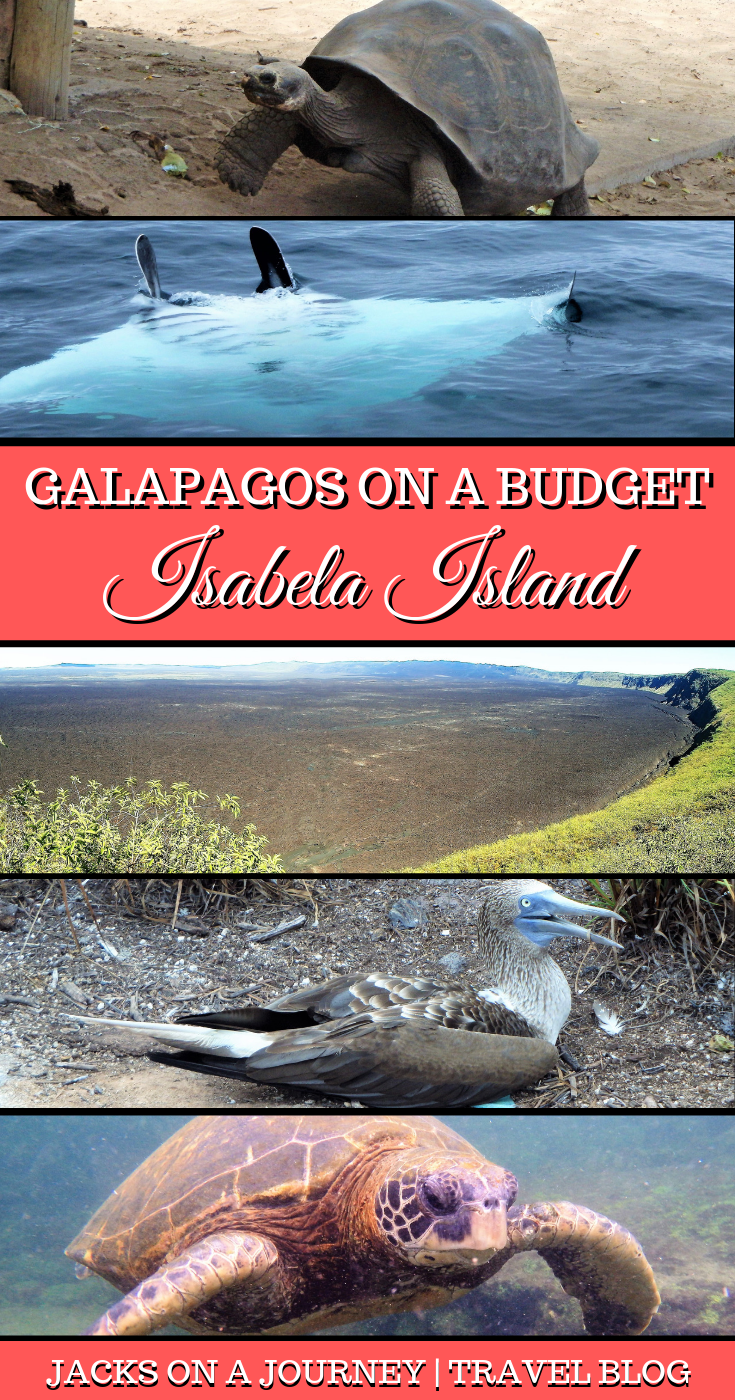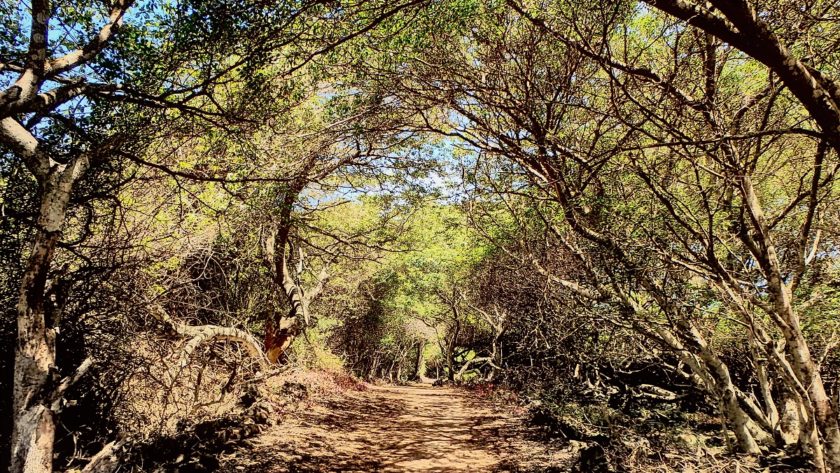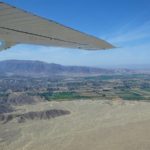Part II of our ‘Galapagos on a budget’ adventure saw us arrive on the island of Isabela.
Isabela Island (known locally as Isla Isabela) is the Galapagos’ largest island. It actually encompasses almost half of the archipelago’s total land mass!
Despite it’s relatively vast size, Isabela is supports a significantly smaller population (2,000 vs 6,000 and 12,000 in San Cristóbal and Santa Cruz) all based around the small town of Puerto Villamil.
We arrived to discover dusty roads, minimalist development and what is unmistakably a very chilled ‘island vibe’. Obviously, we loved it.
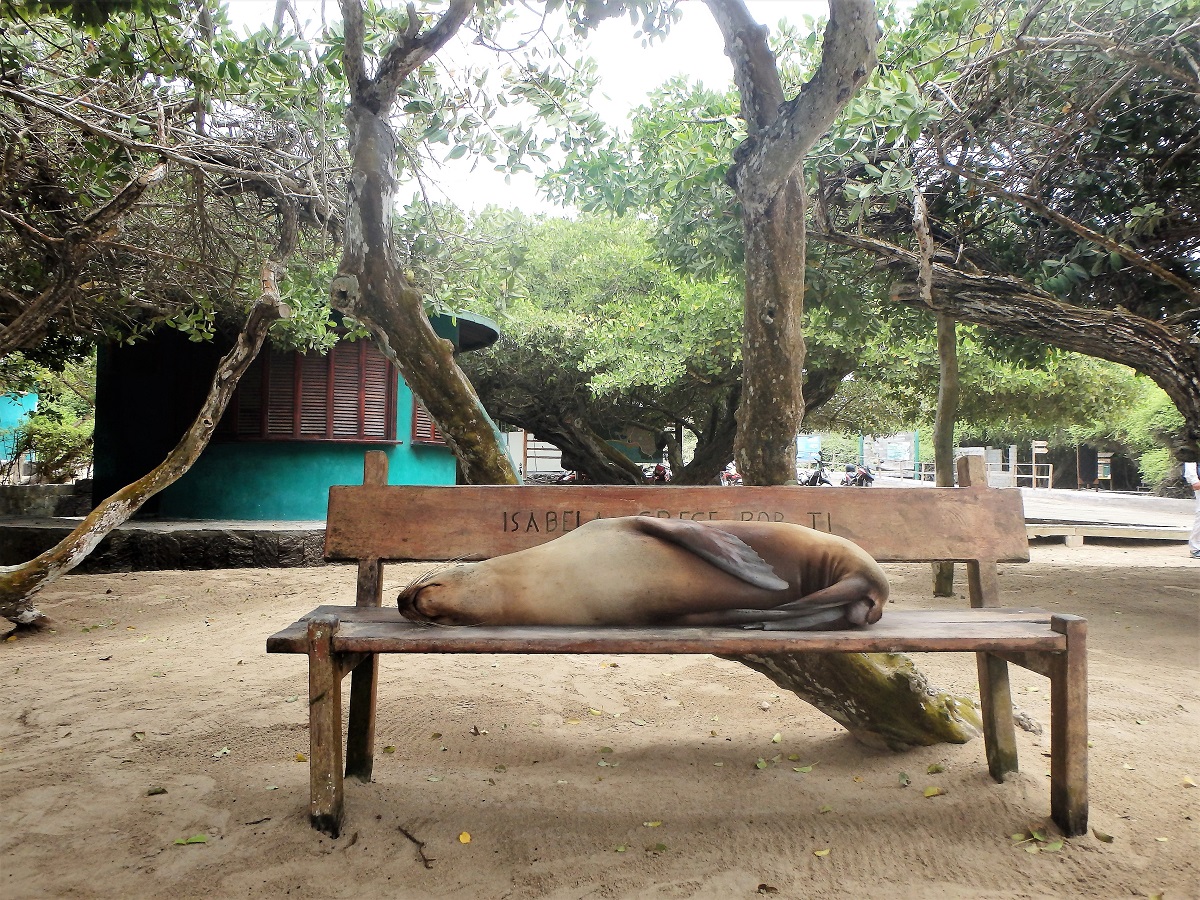
We were excited to have over two days to explore and get a feel for this amazing place.
What to do on Isabela Island
Snorkel Concha de Perla
Concha de Perla is a small lagoon just a short, five minute walk from Puerto Villamil. There is a sea lion-laden, boardwalk that leads from besides the ferry dock through the mangroves and down to the shore.
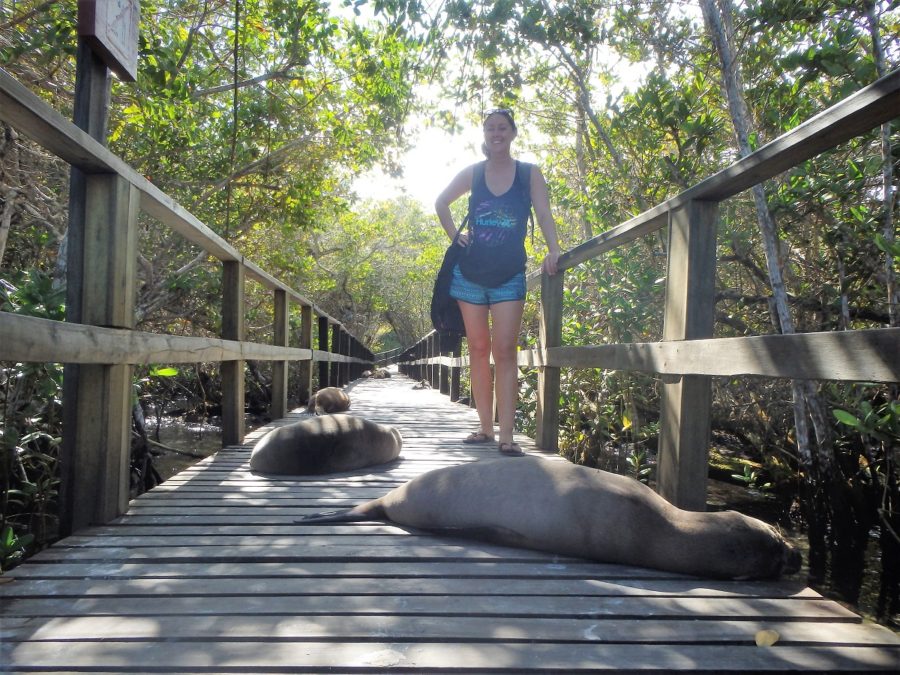
The calm and sheltered waters here make it an excellent spot for snorkelling. Better yet: it’s free! Well, minus the cost of $10 USD to rent snorkel equipment and wetsuit (we definitely recommend the latter during the colder months).
We bobbed around the lagoon for nearly an hour and spotted some great things. Numerous shoaling fish, sea lions, starfish, crabs and even a baby eagle ray! Turtles are apparently regular visitors here but none for us this time.
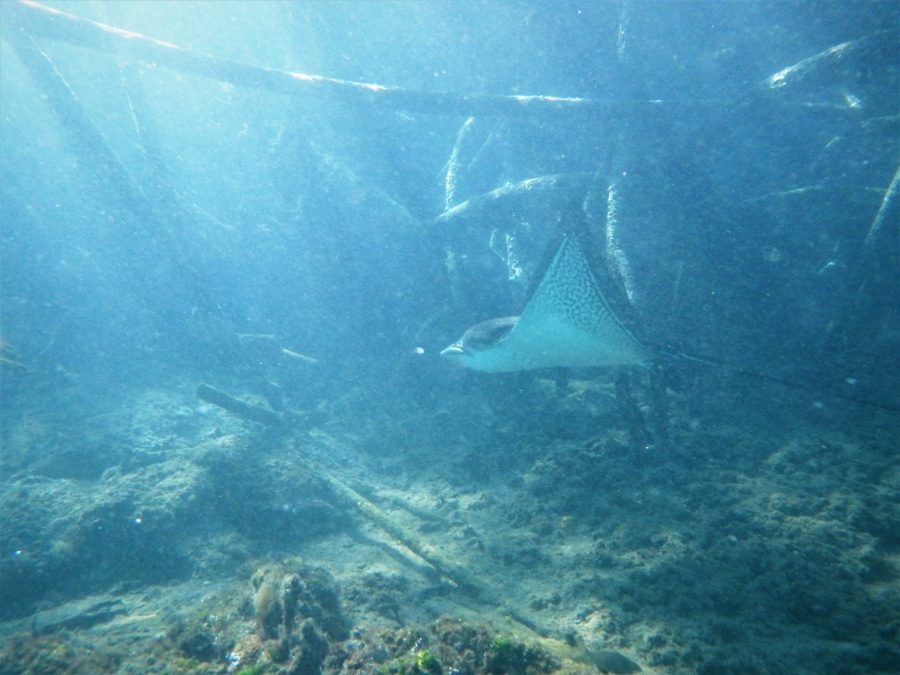
Walk to the Wall of Tears
Not something we expected to discover in the Galapagos.
The aptly named Wall of Tears is a landmark on Isabela Island. It was built by political prisoners in the mid-20th century and now serves as a commemoration to them. The said purpose of this 300ft long wall served as nothing more than a laborious punishment to cause misery and pain. It is thought that thousands died.
If you want to be able to check it out, come prepared. Meaning bring plenty of water and allow enough time to reach the actual wall. Sadly we didn’t.
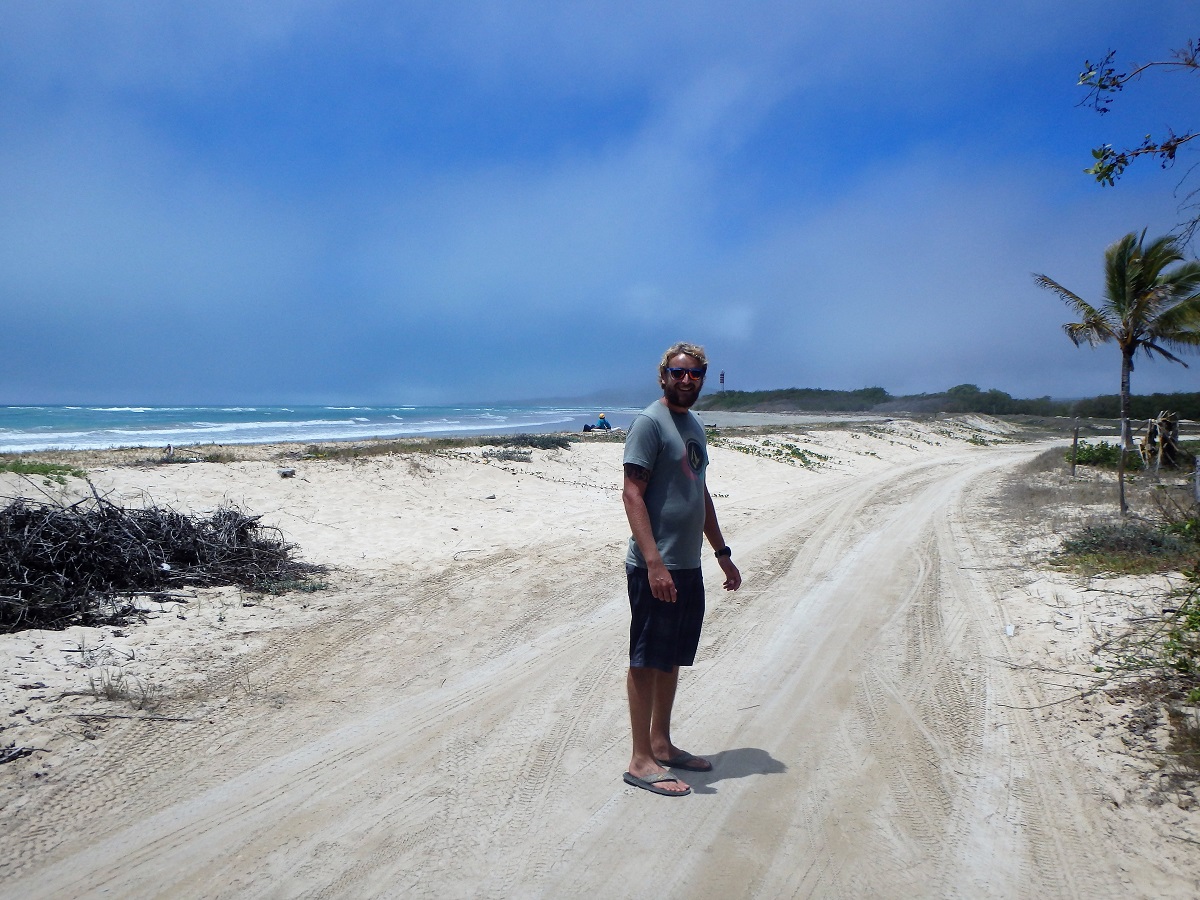
The walk to the Wall of Tears is around 10km there-and-back, and takes four to five hours on foot.
We had to turn back maybe a kilometer or so shy of the wall as risked missing our ferry departing to Santa Cruz that day. A little disappointing, I won’t lie, but we did enjoy the walk and we still got to see plenty along the way.
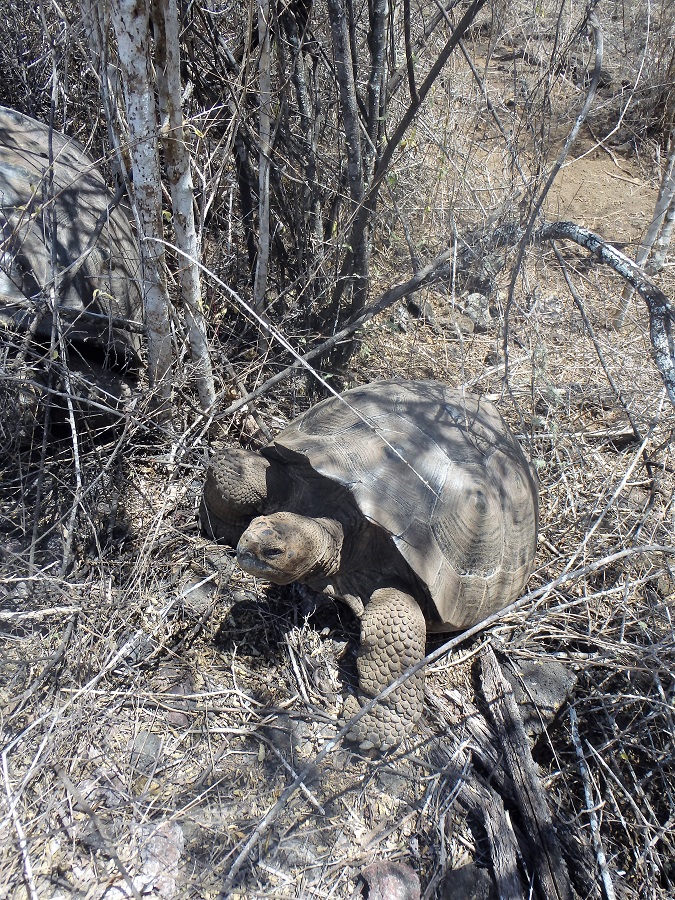
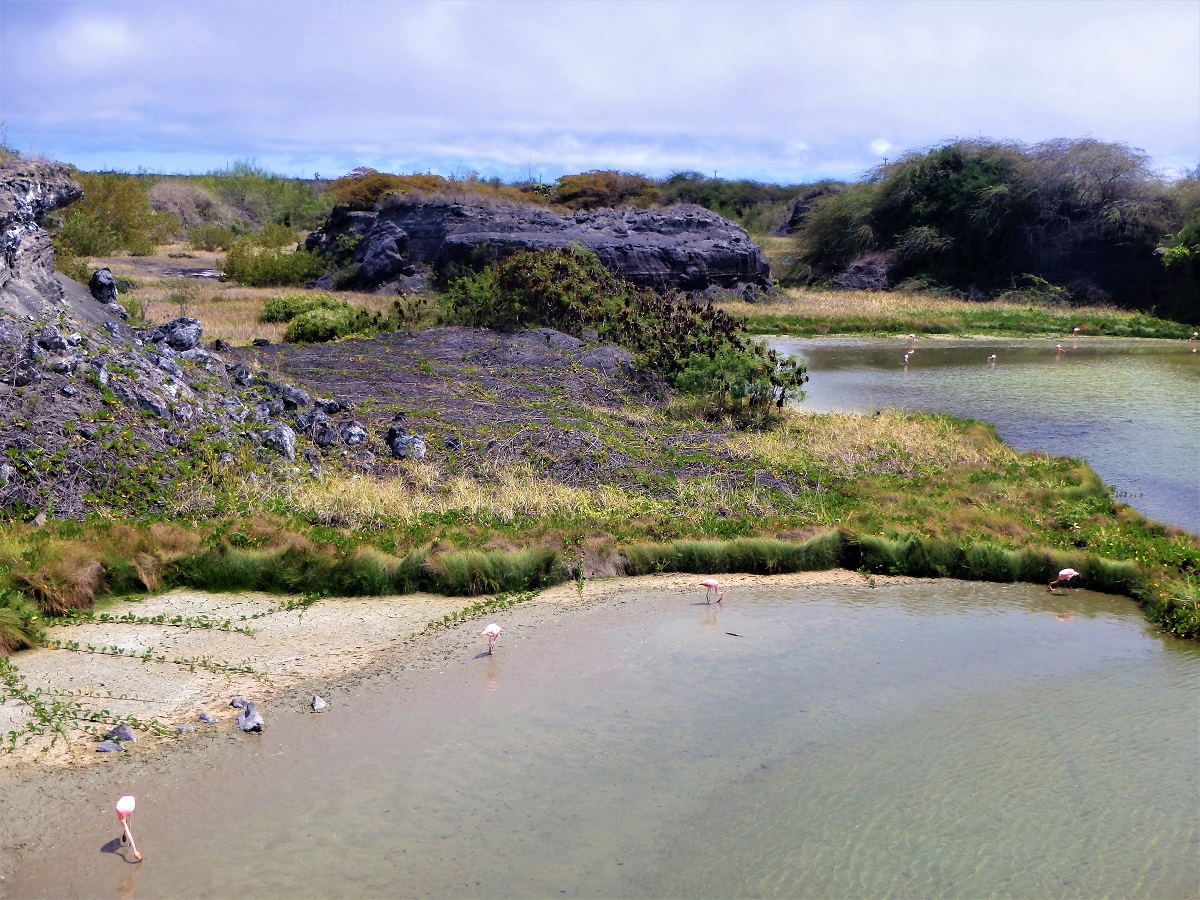
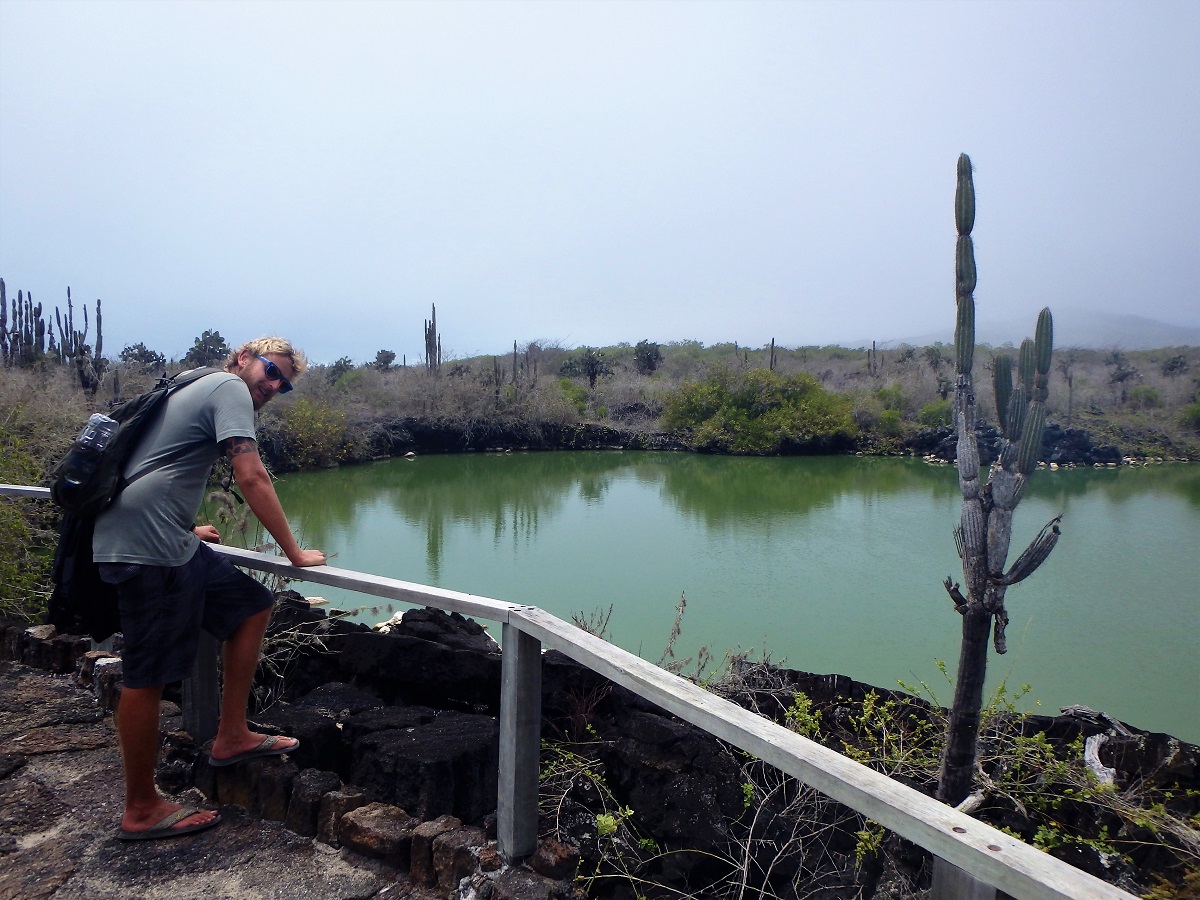
What we later realised we should have done with our time frame, was to rent bikes. Obviously they are not quite as budget-friendly as ‘free’ and will cost around $15 USD for the day.
Whichever option you choose, water and sunscreen is recommended.
Visit the Arnaldo Tupiza Breeding Centre
Another great experience which costs absolutely nothing!
The Arnaldo Tupiza Breeding Centre centre breeds two of the island’s five sub-species of giant tortoises to help increase the wild population that is sadly in decline.
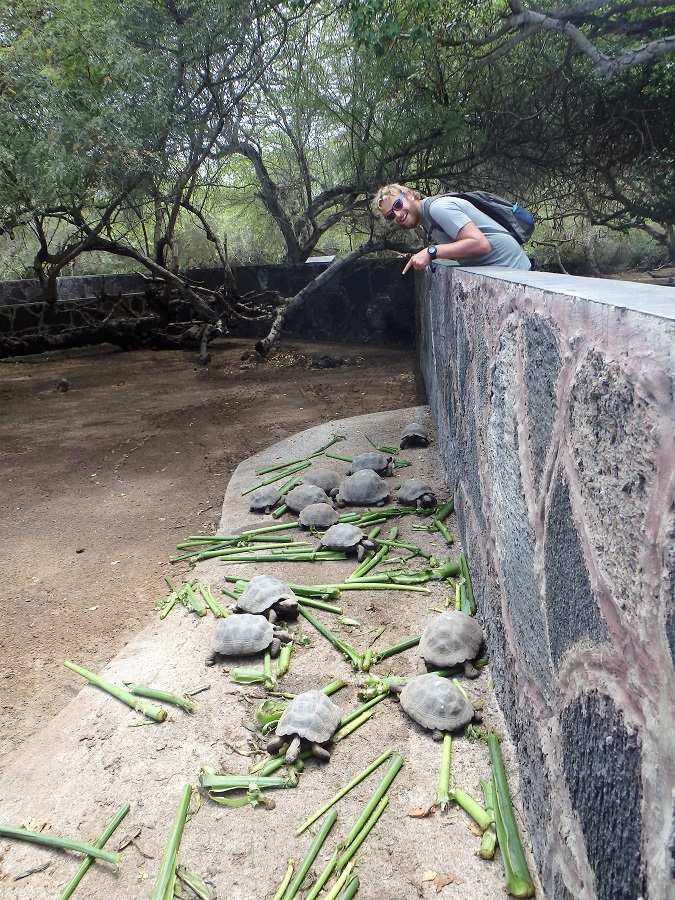
We would recommend at least an hour to explore the full centre.
Our stop was fairly brief as we had planned to visit the larger Charles Darwin Research Centre on Santa Cruz the following day. Also, we were on route to the aforementioned Wall of Tears which, as you already know, we were short on time for.
Boat trip to Los Túneles
There are in fact two top snorkel trips that are recommended on Isla Isabela: Las Tintoreras and Los Túneles. We would have loved to have done both! However when backpacking through Galapagos on a budget, doing everything is just not an option.
So from our own research, and advice received, it appeared that if you can only do one, go to Los Túneles. It might be hard for us to give a fair comparison, but this trip was awesome!
Being quiet season, we checked out some local operators choosing a trip that left that morning at 11am. Easy.
The journey
The boat ride however was not, ha! It was a windy and swelly 45 minute journey to Los Túneles. Maybe not the most inspiring start however a glimpse of a manta ray on route perked everyone’s spirits!
Pulling in to Los Túneles was somewhat surreal. From the choppy seas we instantly transitioned into a sheltered lagoon. It was silent and the landscape other-worldly.
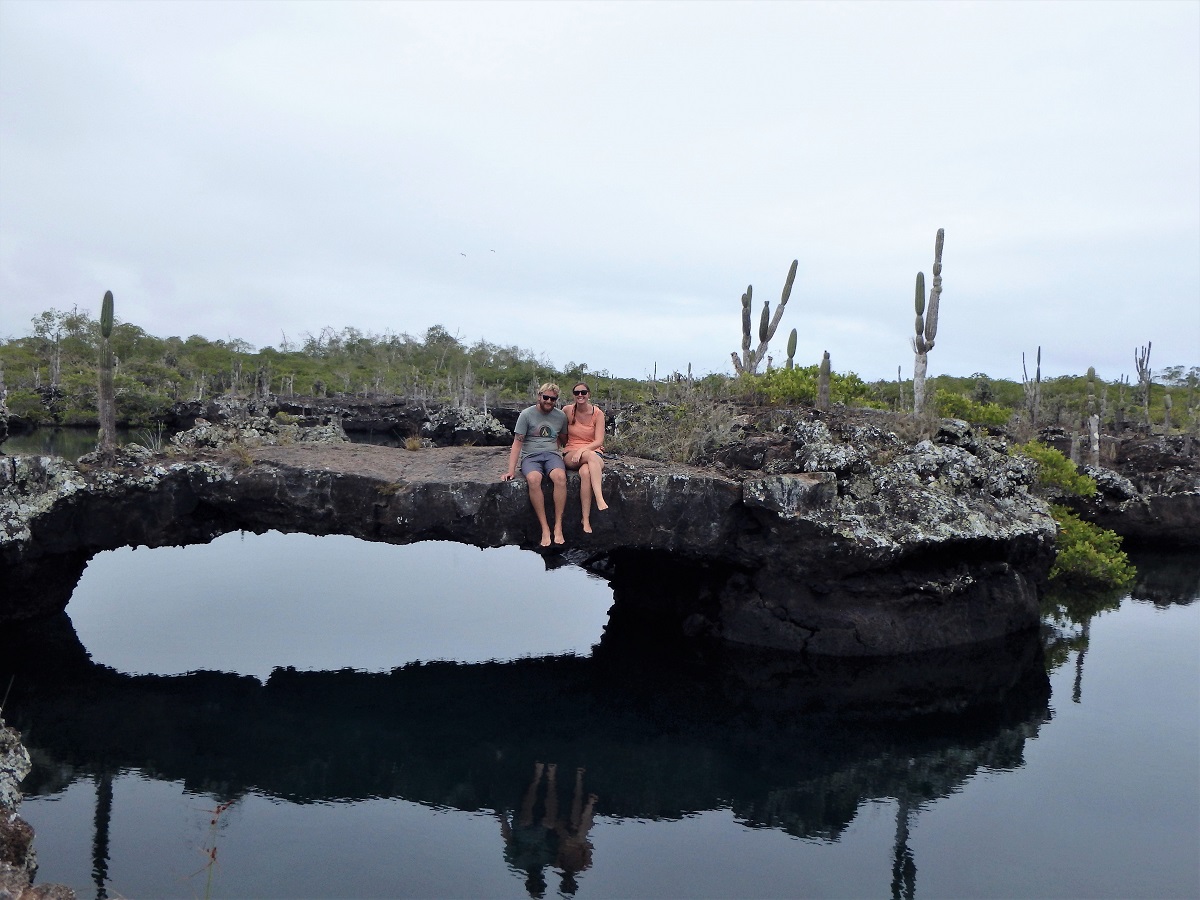
We were told that Los Túneles was formed by a series of lava flows.
The intricate network of tunnels and archways now support desert-esque vegetation such as various cacti and shrubs. And given it’s location nestled between the mangroves and the open ocean, this habitat serves as a sheltered haven for an abundance of wildlife.
Wildlife spotting
Disembarking at a make-shift dock, our guide first lead us carefully across the rocky terrain in search of the blue-footed boobies. We were super excited to spot a few nesting!
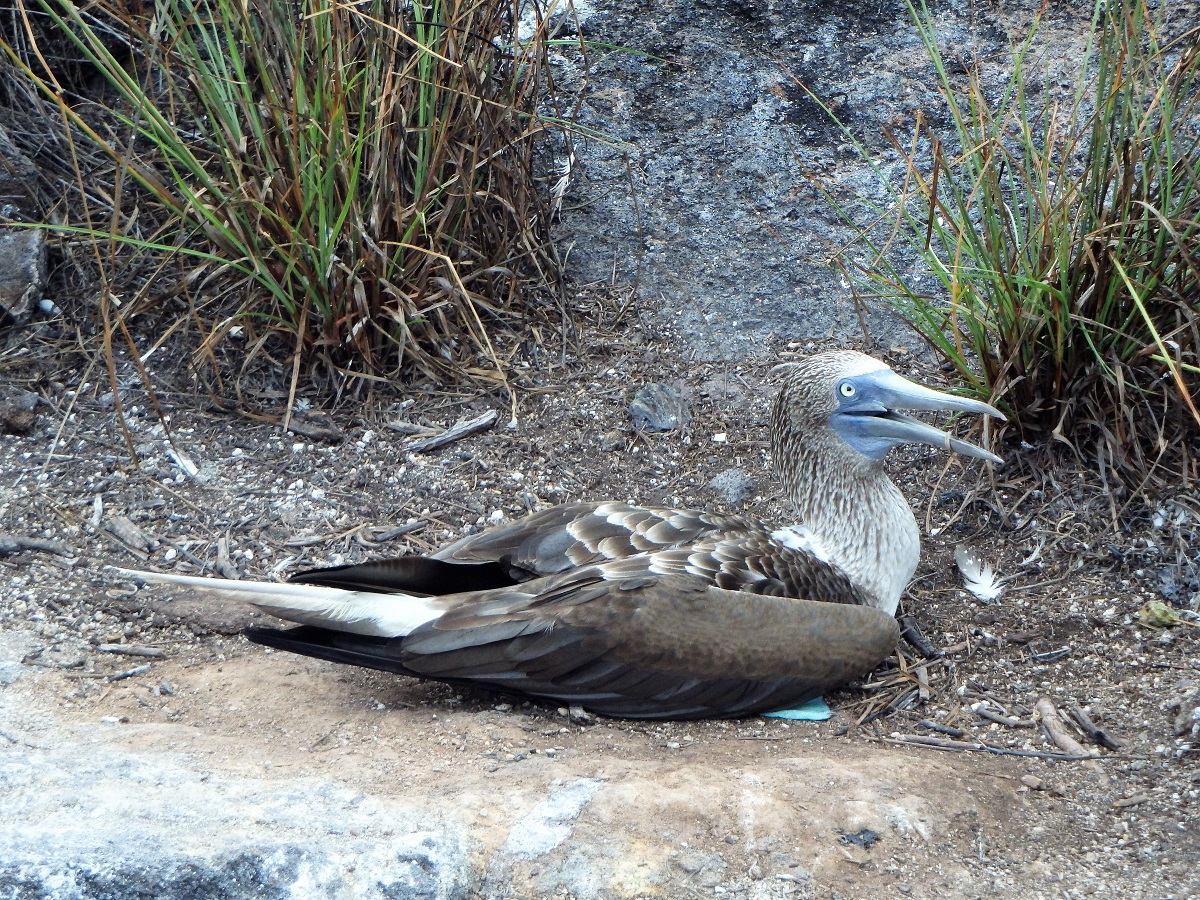
Within the crystal clear waters below we also saw white-tip reef sharks, turtles, sea lions and numerous juvenille puffer fish!
It seems the only animals we were not quite lucky enough to encounter was the Galapagos penguins. You can’t win them all! Plus we sort-of got to make up for it on our later visit to Paracas in Peru.
As Los Túneles is a protected area, snorkelling is not permitted so after exploring we made our way to a second location in the mangroves.
This involved heading back out the sheltered barrier reef to get around. We were grateful to discover significantly calmer seas. Oh, and manta rays. Lots of them!!
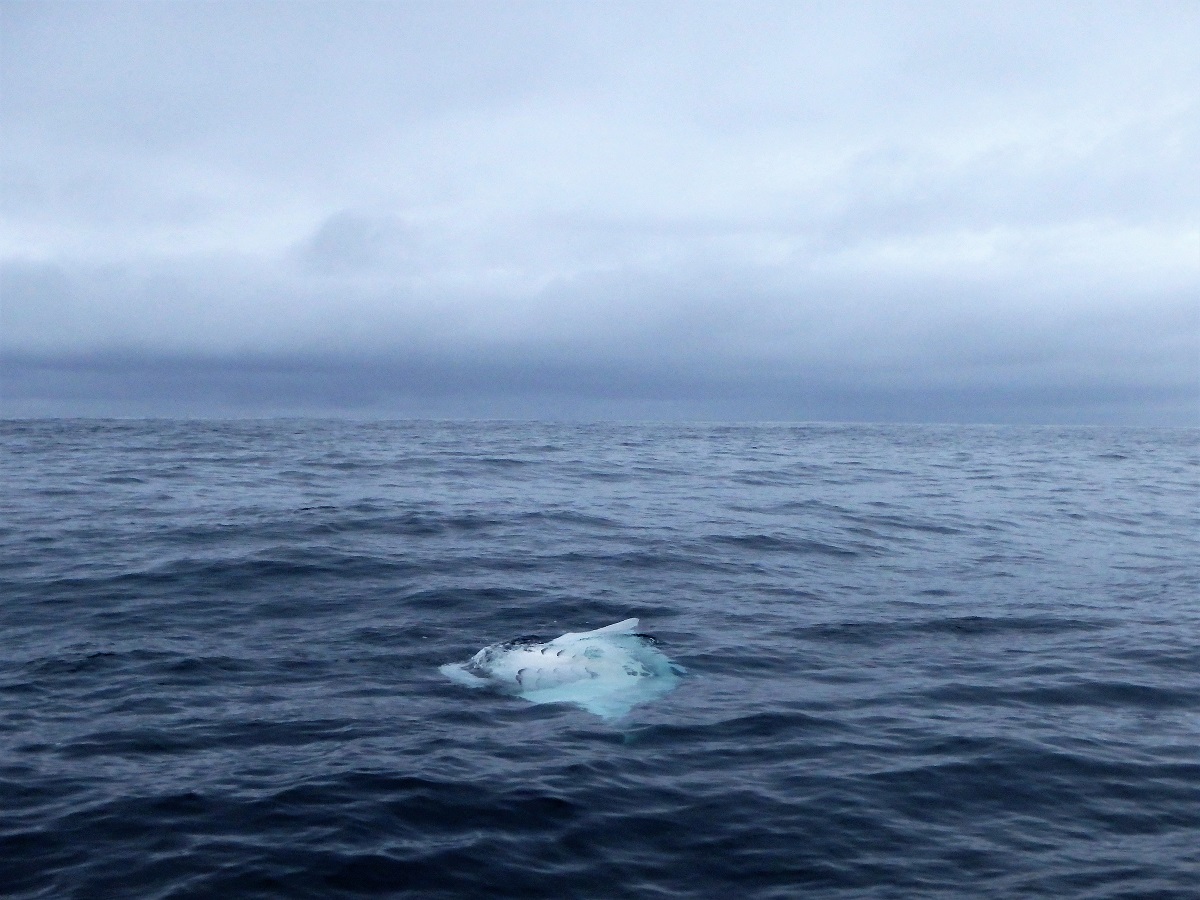
After the first few sightings our captain drove further out to sea and turned off the engine, so we were simply drifting along the surface.
We were all squealing with excitement as we realised we must have been surrounded by about 10 of these magnificent creatures! Their sheer size and grace is just mesmerising.
Once again our day (and entire trip) was made. And we still hadn’t even been snorkelling yet!
Snorkelling
We arrived at a second network of waterways where we each braved the cold waters to explore. It was like a treasure trove within the mangroves, there were so many incredible creatures!
Schools of sleeping white-tip reef sharks. Huge, ancient-looking sea turtles that we literally had to swim out of the way of so not to risk touching them! I even saw my very first seahorse.
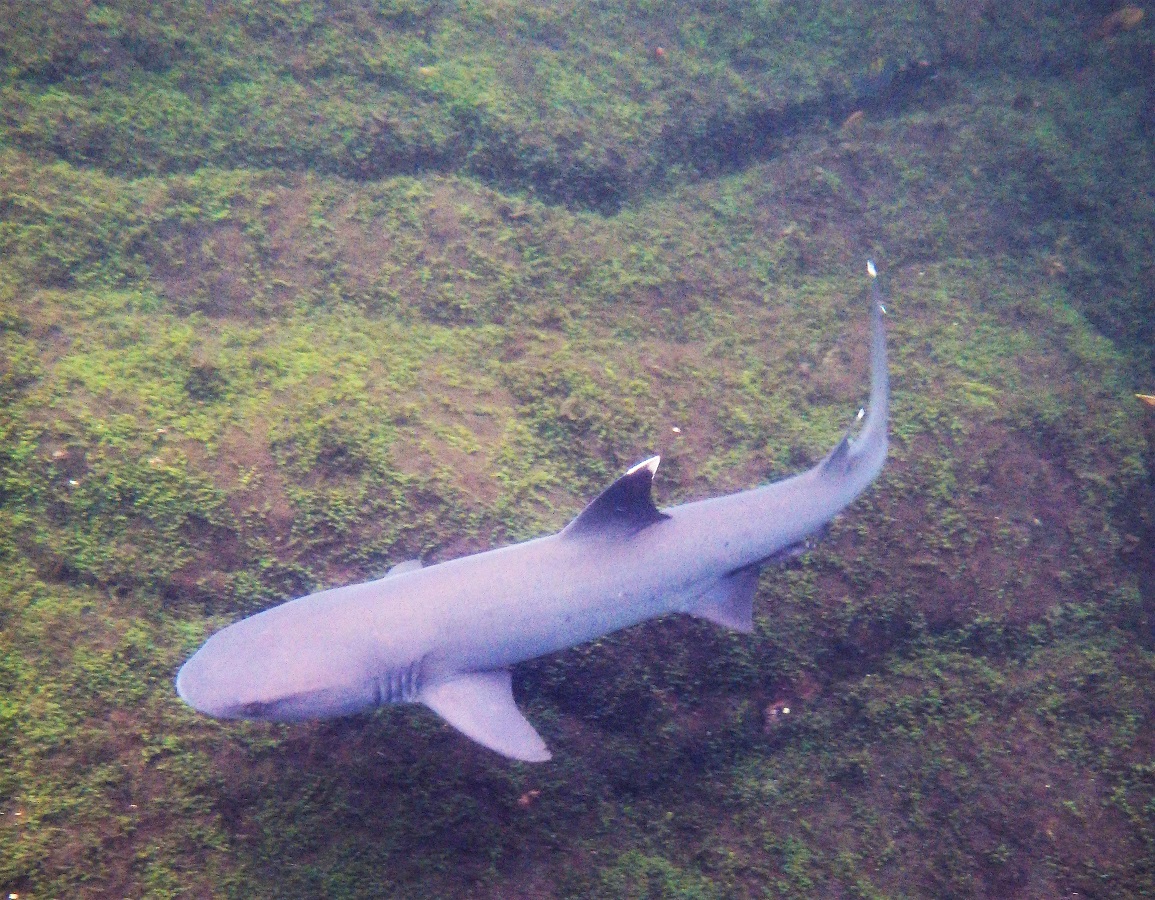
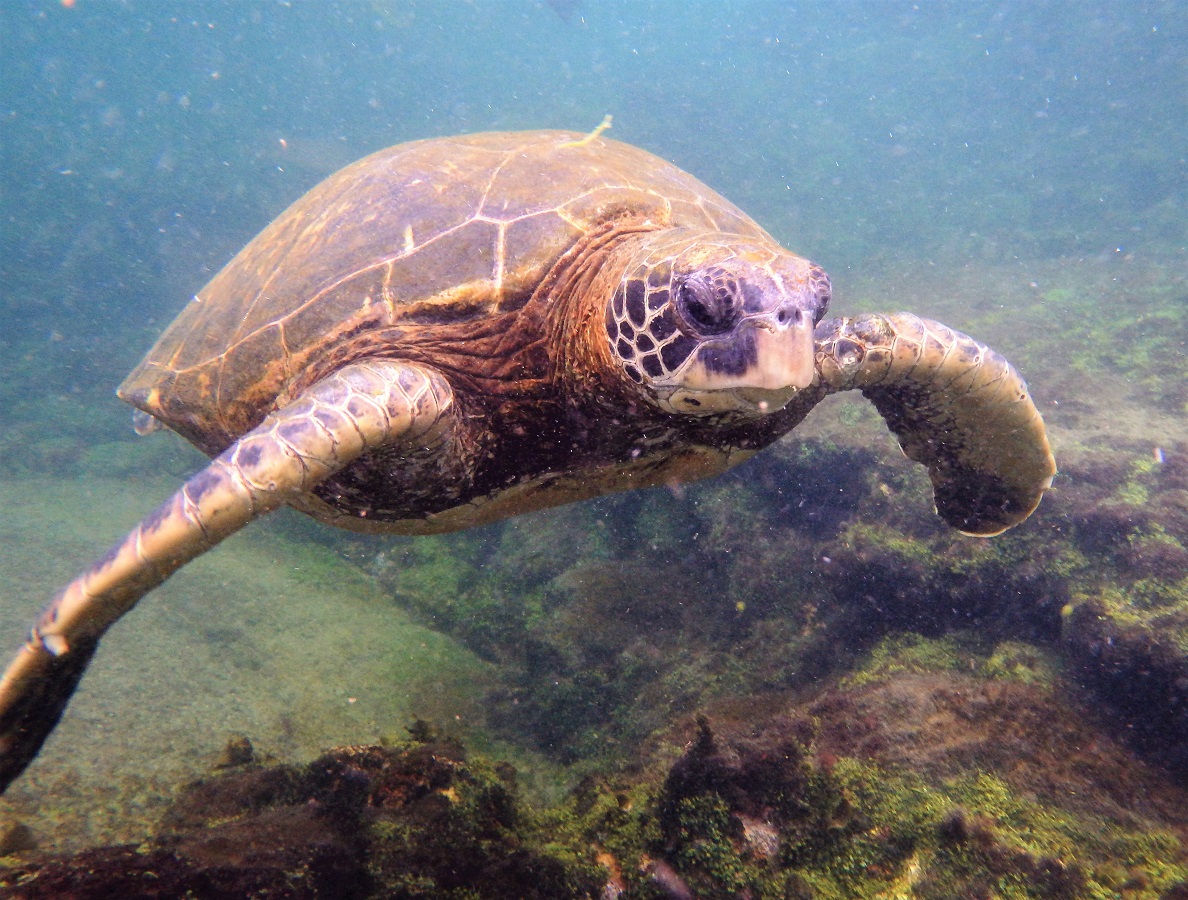
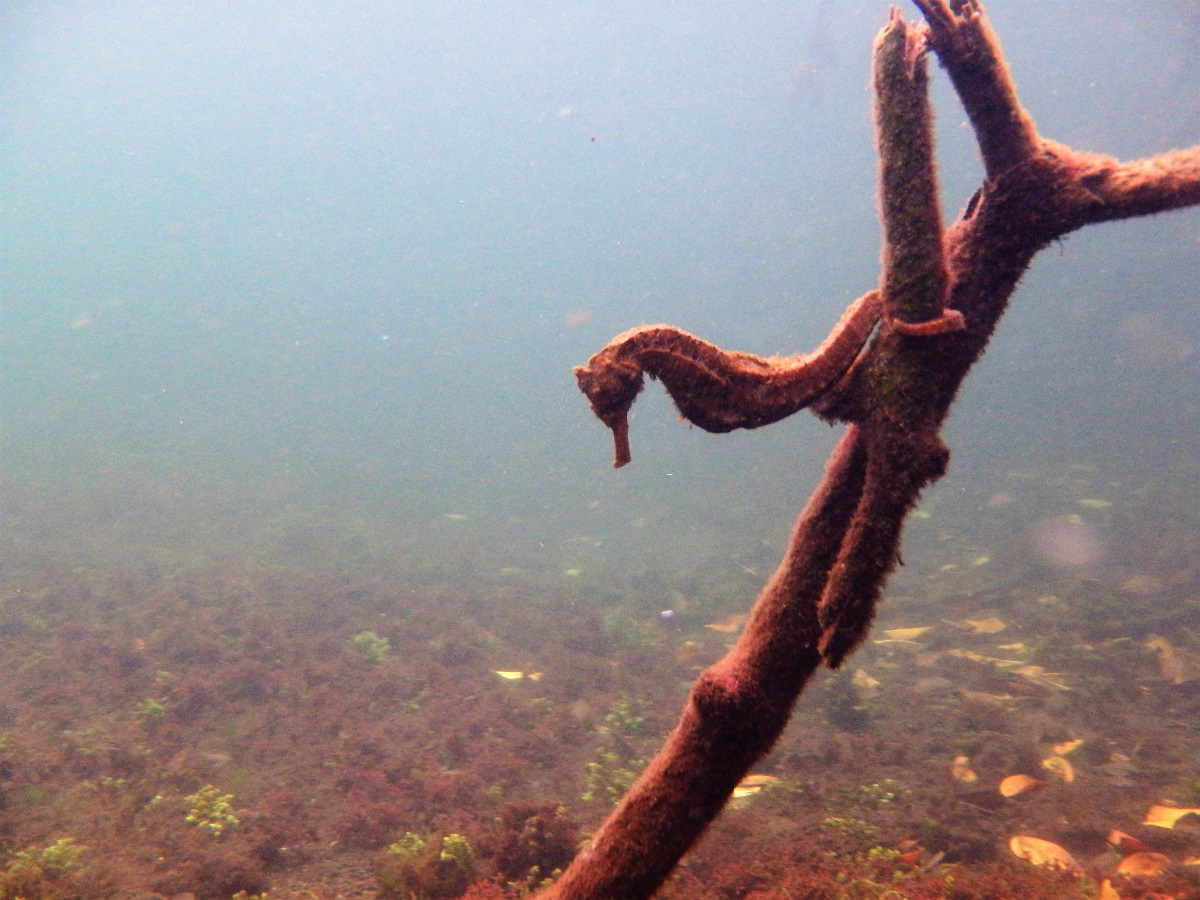
So many distractions made is semi-easy to forget about the cold water. That and having a thick 5mm wetsuit!
Ridiculously, my lips had still changed a dark shade of purple when we got back on board the boat. I was so pumped I barely cared although I was grateful for the awesome staff prepared with hot tea.
It was honestly such an awesome day and memorable experience for us both. Similar to our trip to Kicker Rock on San Cristóbal island, it took us a long time before we stopped smiling.
Tip: When booking this tour, be sure to try and negotiate the price. It’s much easier if booking a second tour. We had seen Los Túneles advertised for around $145 USD in town but managed to get it for $125 when additionally booking a trip to Sierra Negra (below). We have however read of other budget travellers bargaining for even less, so maybe we need to work on our skills, ha!
Hike to Sierra Negra & Volcán Chico
The Sierra Negra (Black Mountain) is the oldest of six coalescing volcanoes that make up Isabela Island. We were told that it is the largest ‘active, intact and unflooded caldera’ on Earth at nearly 10km wide!

We booked our tour with a local operator which involved an early 7am start. We were collected along with our guide and just one other backpacker. It was then a 40 minute drive before we arrived at the foothills of the Sierra Negra, eager to begin our 16km round-trip hike.
The initial ascent to the crater’s rim was a fairly modest uphill climb. A good warm up, we thought. The grassy trail lead us 1,100m above sea level where we got our first glimpse of the impressive caldera.
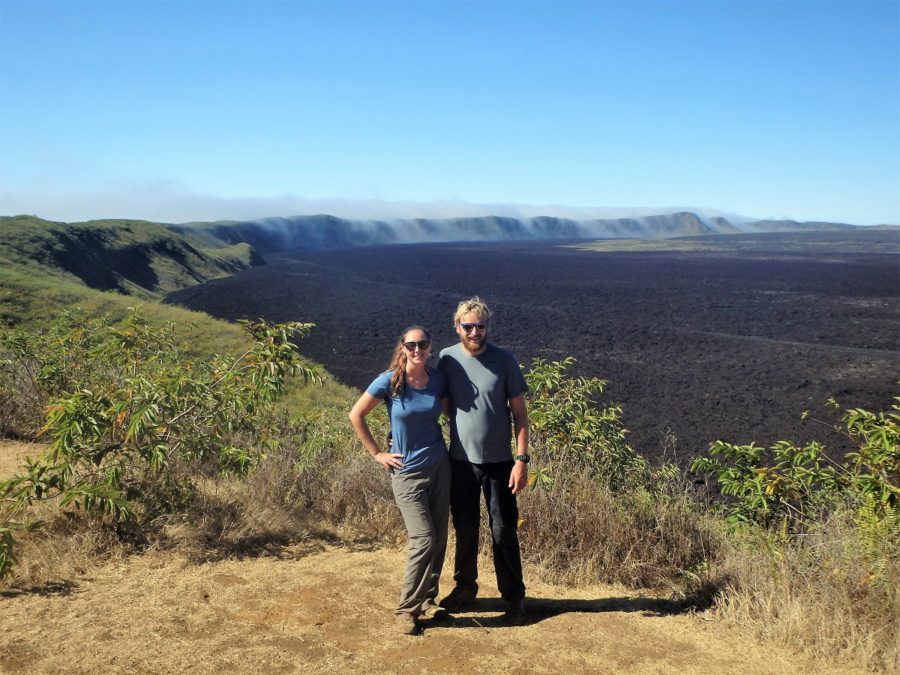
It really is pretty spectacular! We took several minutes to stop and gaze out over the lava field, taking in the caldera’s immense size. The steam that rose up and over the southern rim made the landscape even more surreal and beautiful.
Continuing onwards, we made our way down towards Volcán Chico, the most active part of the Sierra Negra.
Another world
A steep downhill descent lead us through the last of the dispersing vegetation before we were met by a slightly more rugged terrain. Here it seemed only the hardiest of xerophytes could survive.
Seemingly bare, the landscape subtly tells the history of eruptions past. We were told the orange and red rocks are older solidified magma versus the darker greys and blacks we saw which formed during a more recent eruption.
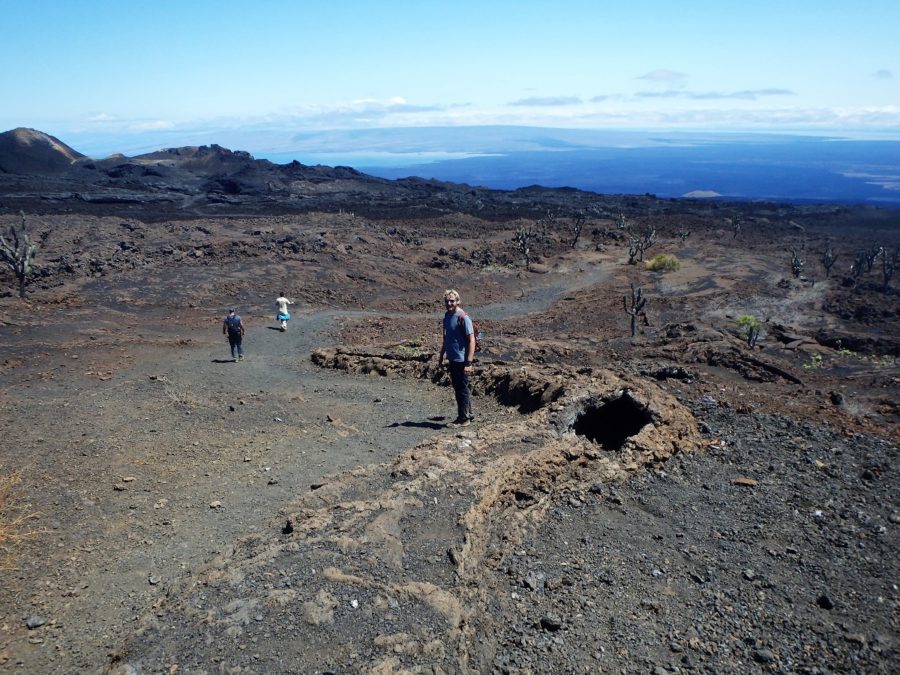
2+ hours and 8km later we finally reached the end of the trail, at the edge of Volcán Chico.
What a reward.
Thanks to the clear weather, from this viewpoint we could see all across the north of Isabela Island stretching up as far as Darwin and Wolf!
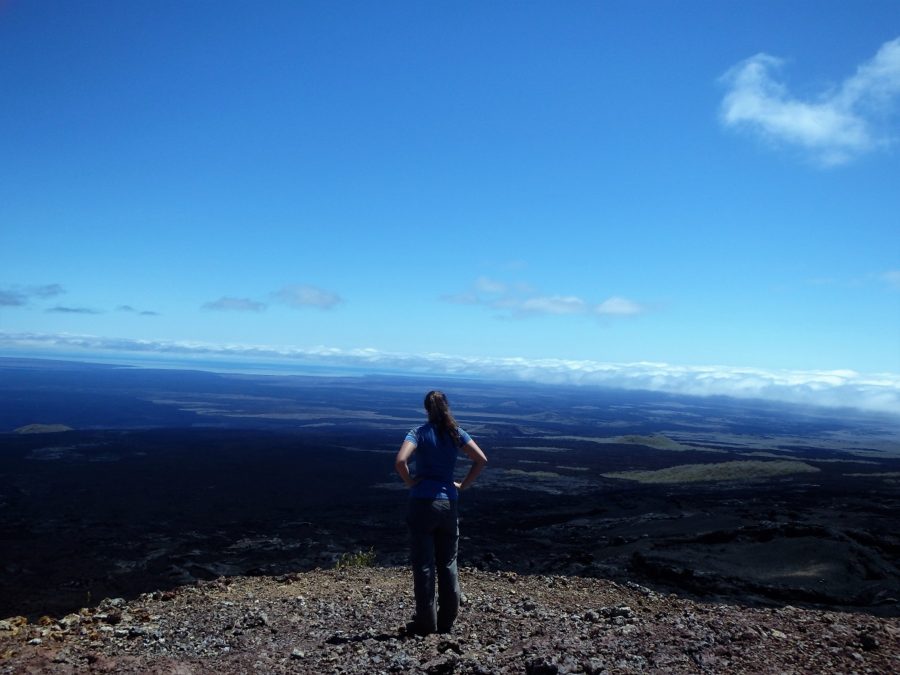
We were further spoiled to have this all to ourselves. Relaxing and soaking it up we left 15 minutes later as we saw another larger group descending on us.
Our return journey went surprisingly quickly. Although I wouldn’t quite say it was easier. It was mostly uphill and by late morning the heat of the equatorial sun was intense.
I was super impressed with us making it back to our ride before midday! It meant we still had the whole afternoon to enjoy, which usually means an early happy hour (win!).
Tip: Be sure to pack sunscreen and a hat. I regretted not having the latter. We also read that the weather can be very temperamental so it may be worth bringing a rain coat. It’s better to have it and not need it.
Relax at Happy Hour
We’re pretty much always up for a drink. To be fair, who isn’t when you’re in ‘vacation mode’?! While we were still conscious of our budget, we were definitely treating our time in Galapagos as a proper holiday within our trip.
We find that a good local ‘happy hour’ is the best way to indulge ourselves on a budget. On Isabela Island, we found two spots offering a semi-decent happy hour.
Beto’s Beach Bar is a great ocean-front spot on the edge of town. They serve refreshing mojitos for just $5 USD each. Not super budget-friendly but okay for one or two. They even have a slack line here which is fun.
Directly across the road we found the Booby Trap Bar. To draw guests away from the beach they offer 2 cocktail for $8 USD. Definitely better! Their food is also pretty awesome too: Rhys got a monster calzone for $10 and myself a beastly tuna steak for $15.
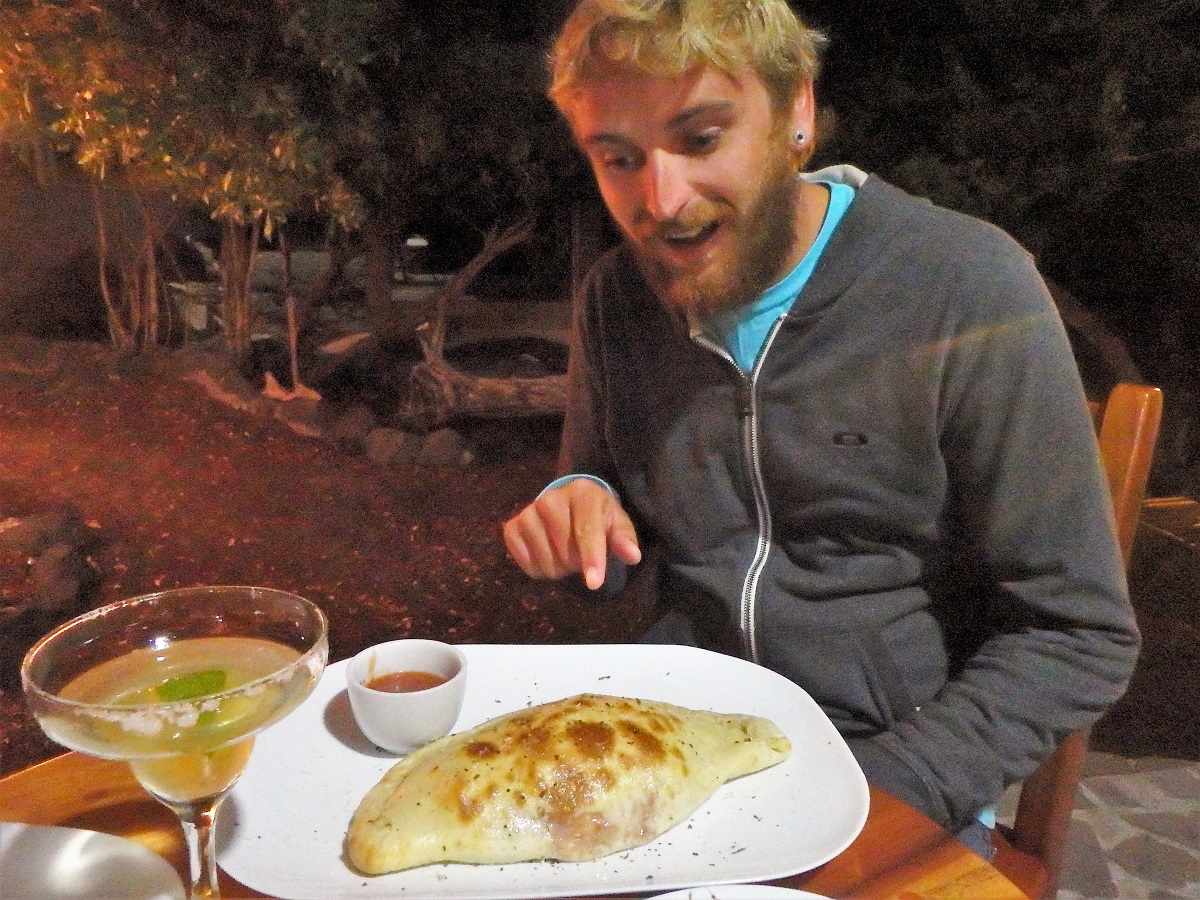
We loved the place so much that we went back our second evening! Disappointingly, it was like a different place. We honestly had to wait 25 minutes to be served a drink (and we were sitting at the bar!). Shame not to end on a high note but that’s life.
Where to stay on Isabela Island
I have mentioned in several earlier blogs how I like to be organised and book our hostels in advance. However, despite my efforts, we struggled massively to find anything online on Isabela.
So, I was encouraged by Rhys to be more… aloof! Meaning, we would just turn up and sort it on arrival (please hear the eye roll in my tone, ha!).
I found it pretty nerve-wracking for us to arrive on the island at 5pm with nowhere to stay. My worry was luckily short-lived as the 15 minute walk from the dock to town led us past Hostal Brisas del Mar.
It was a good challenge, enquiring with the owner who spoke lliterally zero English. But we were still able to get a decent private room with ensuite (and hot water!) for $30 USD a night. There was even a kitchen too although it was a little grim.
There are a few other hostels around Puerto Villamil, seemingly charging the same prices according to another backpacker we spoke with.
Aside from hostels, there is the option for more B&B style accommodations. On our route into town we passed locals offering us rooms but they were all closer to the $50 mark which was too pricey for us.
How to get to Isabela Island
If flying to Isabela island (which would seriously not be budget-friendly), note that there is no airport and just a small landing strip. Only small prop planes can fly here from other islands within the archipelago.
For budgeting travellers like us, the best option is by sea.
A ferry runs twice daily between Isabela and Santa Cruz islands (the schedule can be found here online). The ferry takes around two hours and costs $25 USD per person.
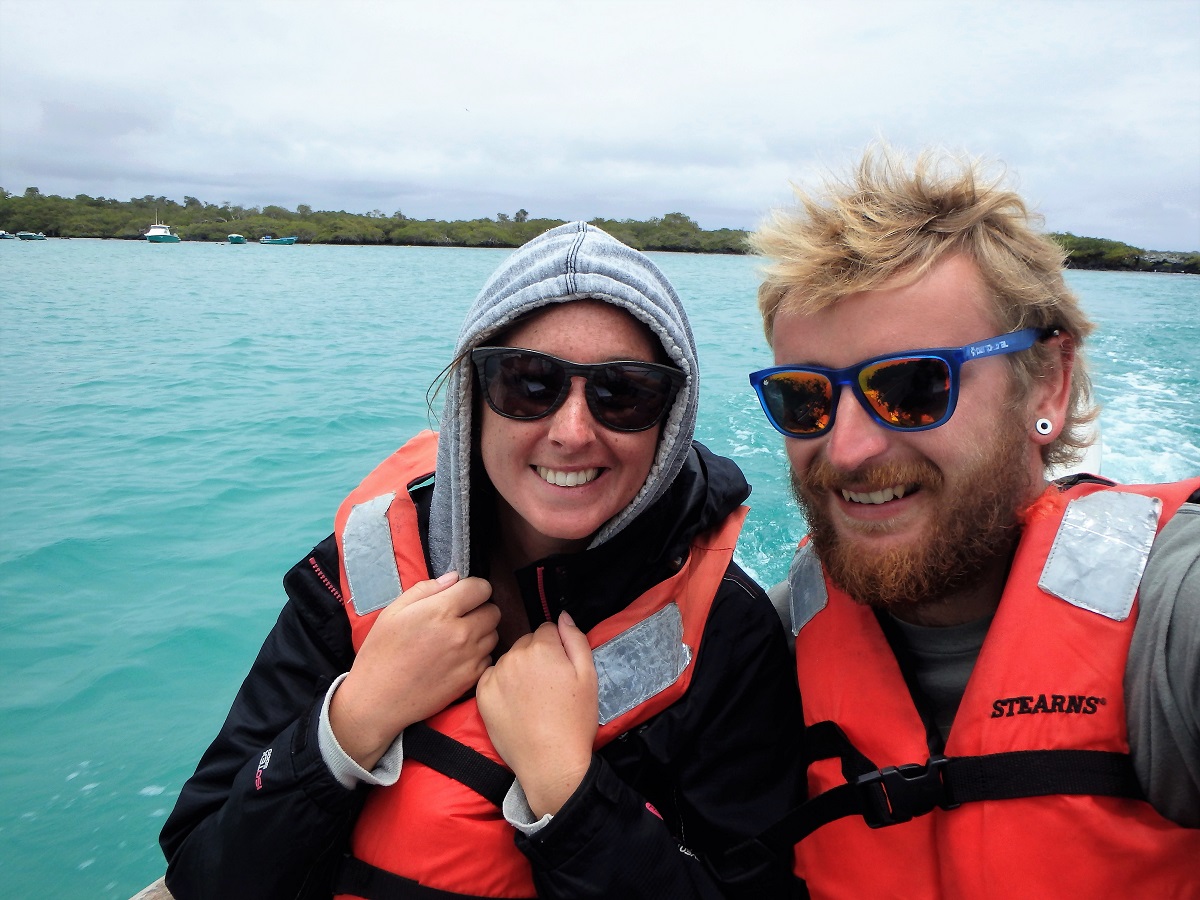
We made our way to Isabela island from San Cristobal. Since there is sadly no direct ferry we had to take the morning ferry to Santa Cruz and the afternoon ferry onwards to Isabela.
Even doing our best to budget, the costs here do add up.
Catching two ferries meant $50 each. Then there was a $5 ‘entrance fee’ for Isabela and then again a $2 fee to take a water taxi from our ferry to the dock. These random surcharges are a little frustrating.
Tip: If you tend to get sea sick or would just prefer to not be stuffed in the ferry’s cabin with 40 other passengers, there is three seats up on the top deck if you can get there fast enough. It’s chilly buy there’s the opportunity to spot marine life.
Like this blog? Pin it!
